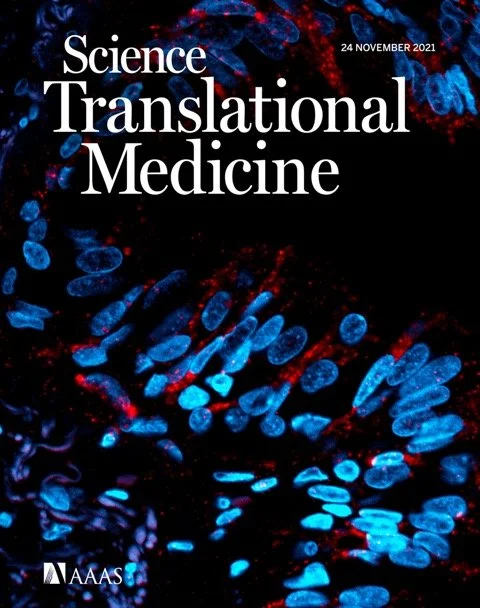Red blood cells’ previously unknown immune activity in anemia of inflammation
Red blood cells function as immune sensors during infection and help drive inflammation resulting in anemia.
Red blood cells have always been thought to be immunologically inert. Research published in Science Translational Medicine reveals that red blood cells have receptors that bind DNA in circulation triggering an inflammatory response during which they are ‘eaten’ by immune cells, resulting in anemia.
Anemia of inflammation and immune cell activation by pathogen DNA (PAMPs = pathogen-associated molecular patterns) are both well-known phenomena, but until now it was not known that red blood cells also have receptors that activate an inflammatory process resulting in their own destruction.
“Red blood cells (RBCs) have historically been considered immunologically inert. In this study, however, Lam et al. demonstrated that RBCs promote inflammation through expression of Toll-like receptor 9 (TLR9) on the cell surface. The authors observed that RBC-expressed TLR9 bound DNA from bacteria, plasmodia, and mitochondria in vitro, and RBC-bound DNA was enriched in humans and mice during sepsis.”
Debris in the battle zone of infection
DNA from bacteria and other pathogens, including coronavirus, are present as debris in circulation to the immune system as it fights infection. Immune cells possessing receptors that bind this DNA help to organize and direct the immune response.
“Here, we showed that RBCs serve as critical immune sensors through surface expression of the nucleic acid–sensing Toll-like receptor 9 (TLR9). Mammalian RBCs expressed TLR9 on their surface and bound CpG-containing DNA derived from bacteria, plasmodia, and mitochondria…In vivo, CpG-carrying RBCs drove accelerated erythrophagocytosis [‘eating up’ of the red blood cells] and innate immune activation characterized by increased interferon signaling.”
Red blood cells acted to drive inflammation and disease severity
Reacting to the nucleic acids in the battlefield debris…
“TLR9-expressing RBCs regulated red cell clearance and inflammatory cytokine production, demonstrating that RBCs function as immune sentinels during pathologic states.”
The authors conclude:
“Consistent with these findings, RBC-bound mitochondrial DNA was elevated in individuals with viral pneumonia and sepsis secondary to coronavirus disease 2019 (COVID-19) and associated with anemia and severity of disease. These findings uncover a previously unappreciated role of RBCs as critical players in inflammation distinct from their function in gas transport.”
Clinical Note
As discussed above, the nucleic acid–sensing Toll-like receptors (TLR9) on the red blood cells bind DNA and mitochondrial debris from the killing off of pathogens and death of the neutrophils that kill them. In autoimmune and autoinflammatory disorders, when there is a deficiency of pro-resolving mediators, it can take too long for monocytes (turning into macrophages) to gobble up the apoptotic (dying neutrophils), in which case they transition in to secondary necrosis and release more debris that exceeds the clearance ability of the monocytes, resulting in an influx of yet more neutrophils along with, as this paper shows, activation of TLR9 receptors on RBCs. This is where agents such as the pro-resolving lipid mediator fractions of fish oils can be used to reduce inflammation and tip the balance of toward more monocyte recruitment away from additional neutrophil recruitment.

